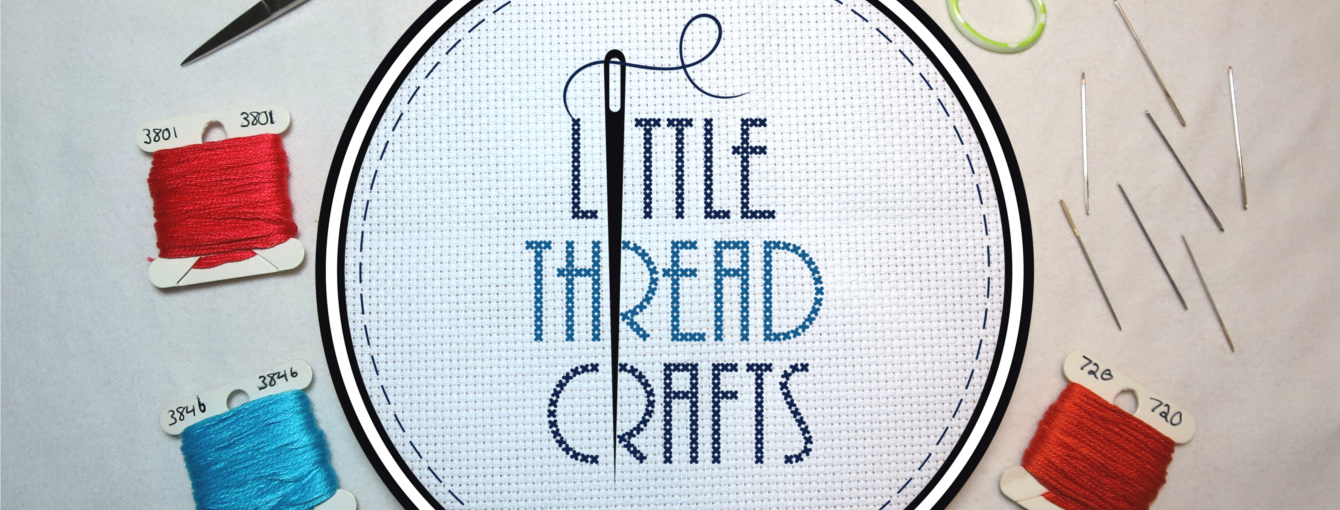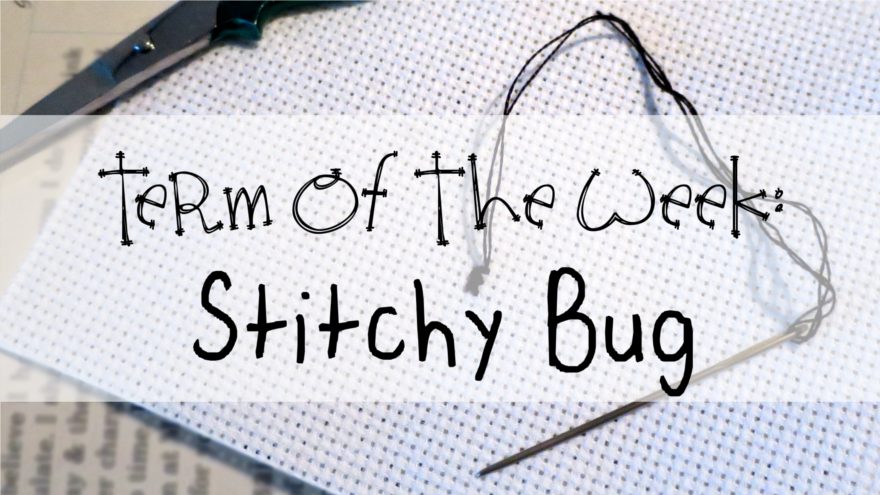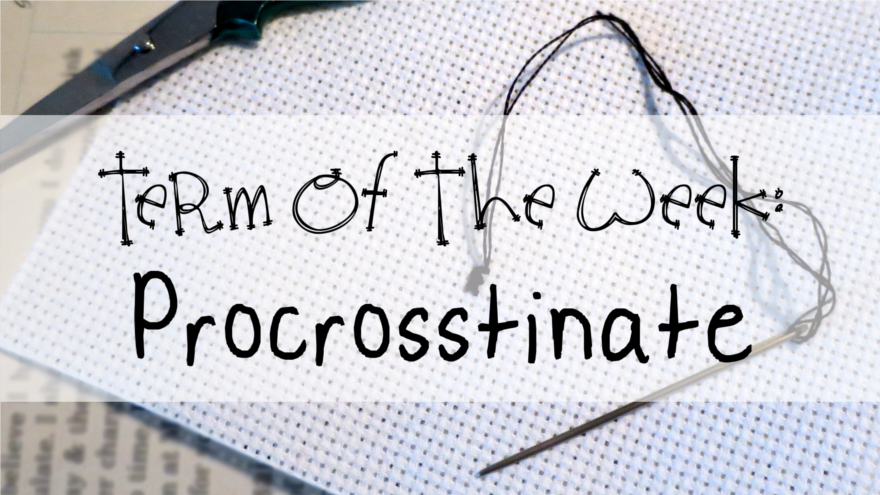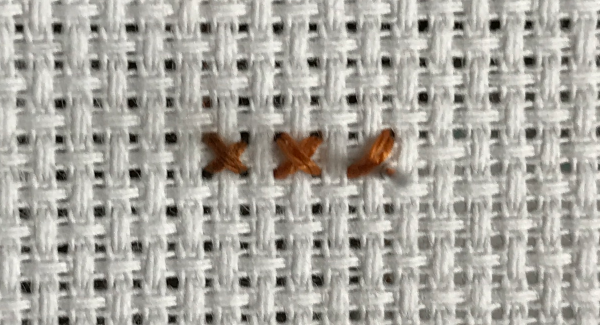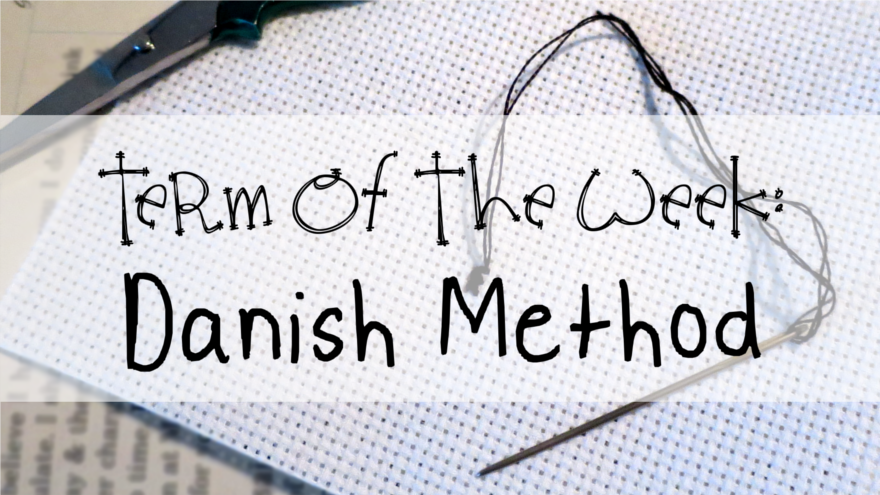
Term of the Week: Danish Method
This week’s Term of the Week dives back into some more technical terminology!
When looking through cross-stitch techniques, guides, and instructions, you may come across the phrase ‘Danish Method’. And if you were like me, you’ll have no idea what that means. Luckily, the concept is actually pretty simple.
There are two main methods of stitching the crosses in cross-stitch: the Danish Method, and the English Method. Today we’ll cover the Danish Method.
When you are making your stitches, if you go all the way down the row doing half stitches like this: / / / / / /, and then go back across the row to finish your crosses like this: \ \ \ \ \ \ , that is the Danish Method of stitching! It’s as simple and as basic as that.
The Danish Method is also called the Horizontal method because that is the primary use for this method of stitching, when you are stitching on a horizontal row of crosses. Stitchers do not recommend using this method when stitching on vertical columns. Also, this method, while less sturdy on the fabric, uses less embroidery floss than doing it another way. I don’t know about anyone else, but the Danish Method is how I was taught to stitch.

A small, kind of pixelated example of the Danish Method!
I don’t know why the Danish Method is called that. I tried finding the origin behind the name. My assumption was it’s used primarily by the Danes in their embroidery work and that’s how it got its name. I couldn’t find anything to confirm this though. If any readers happen to know or have a source to the origin, feel free to let me know!
——————————————————————————
“Term of the Week” is a weekly blog post highlighting a new word or phrase commonly used among cross-stitchers but not found in an ordinary dictionary. These posts are to help explain the words’ meanings in context and provide a resource for anyone wondering what a term like “frogging” means. Check back every Thursday!
